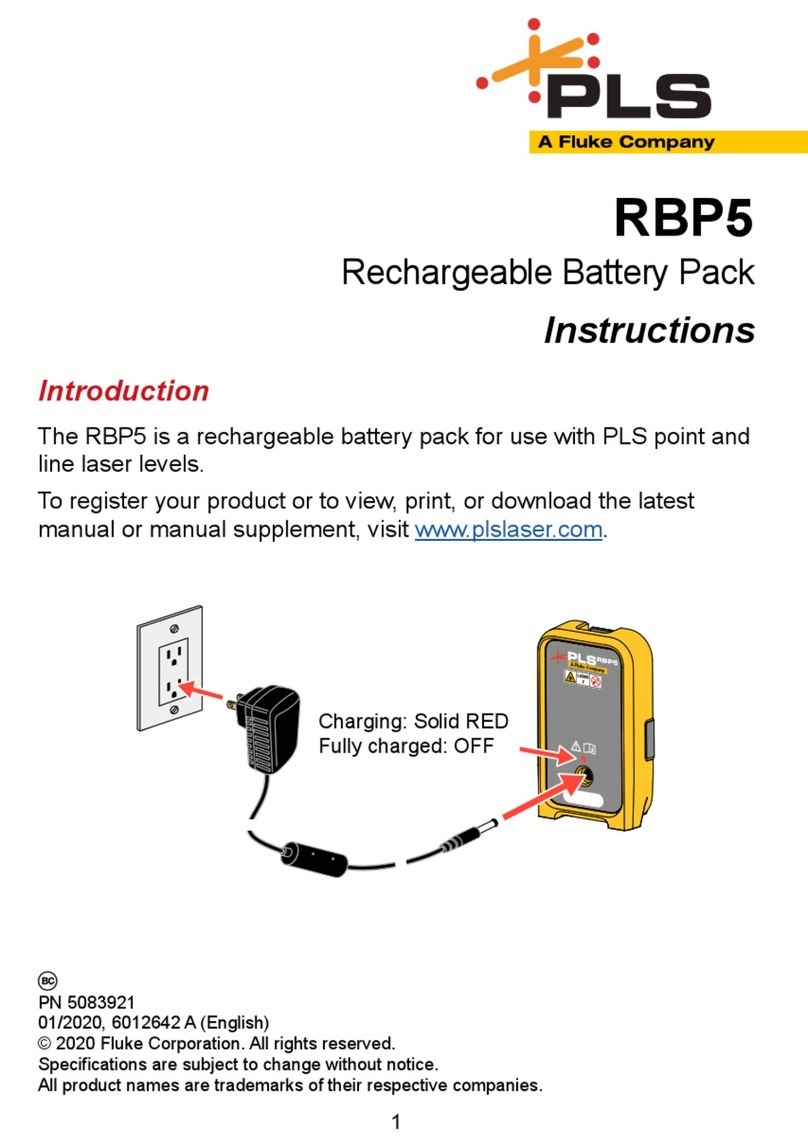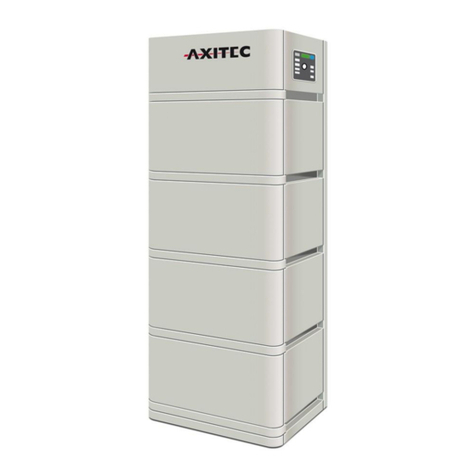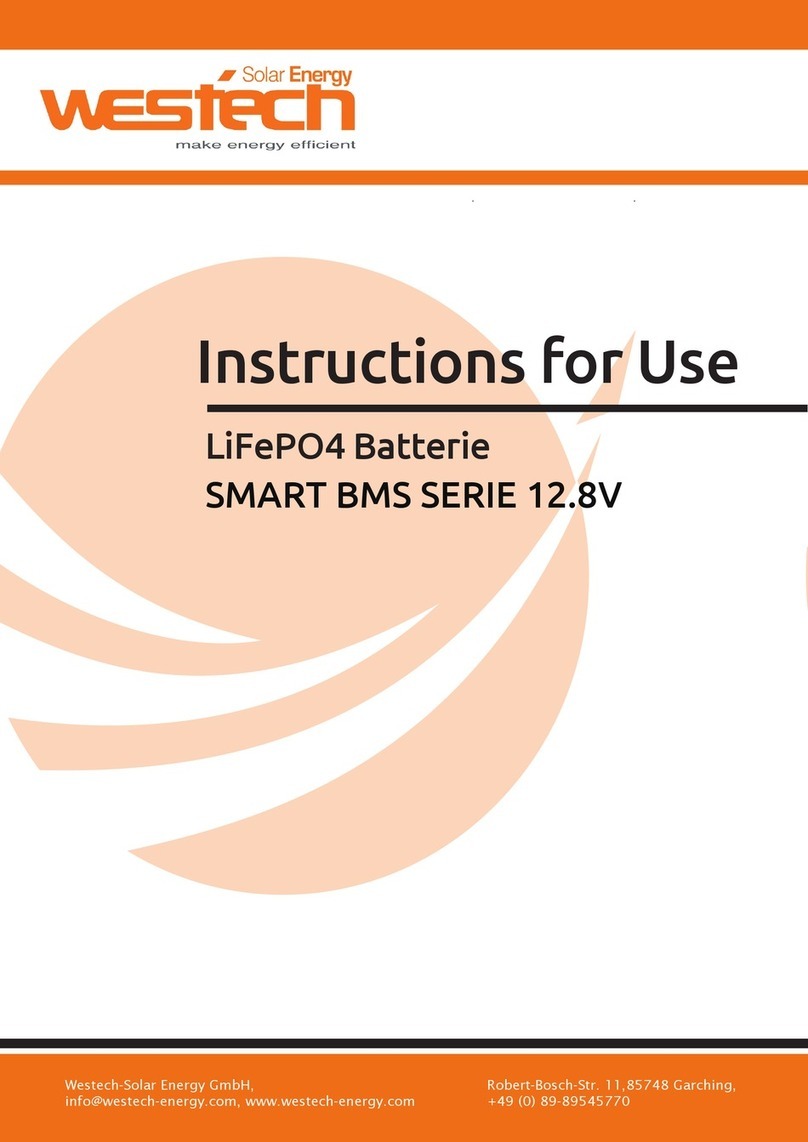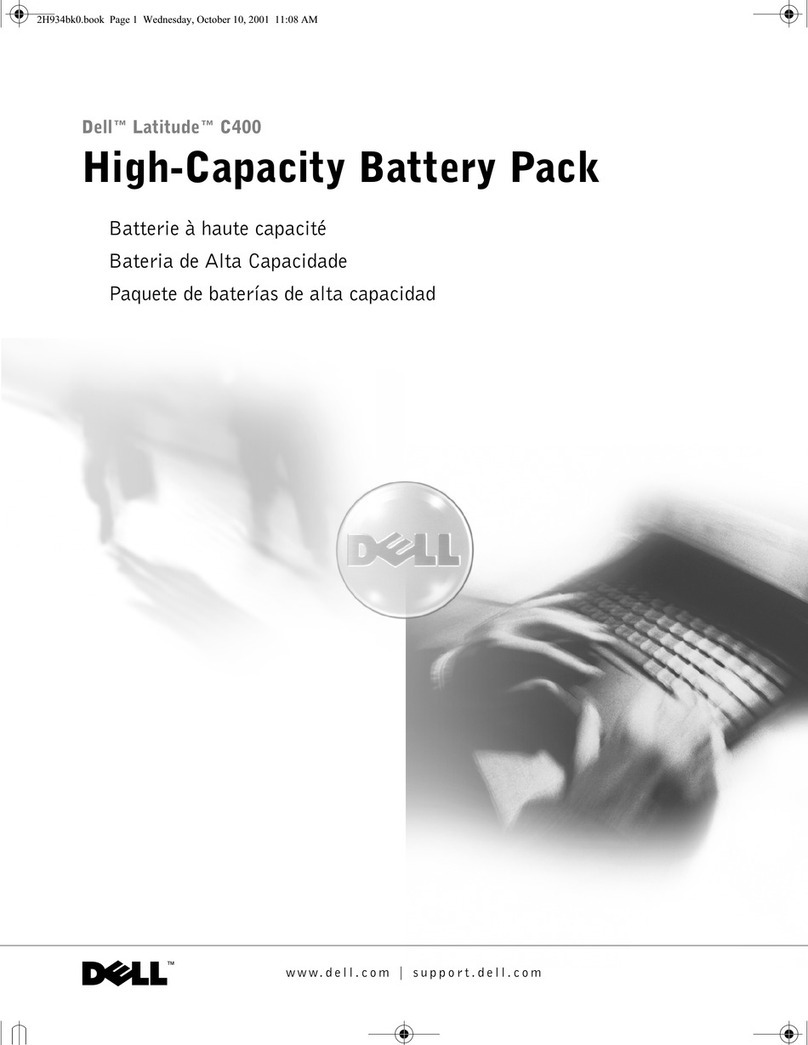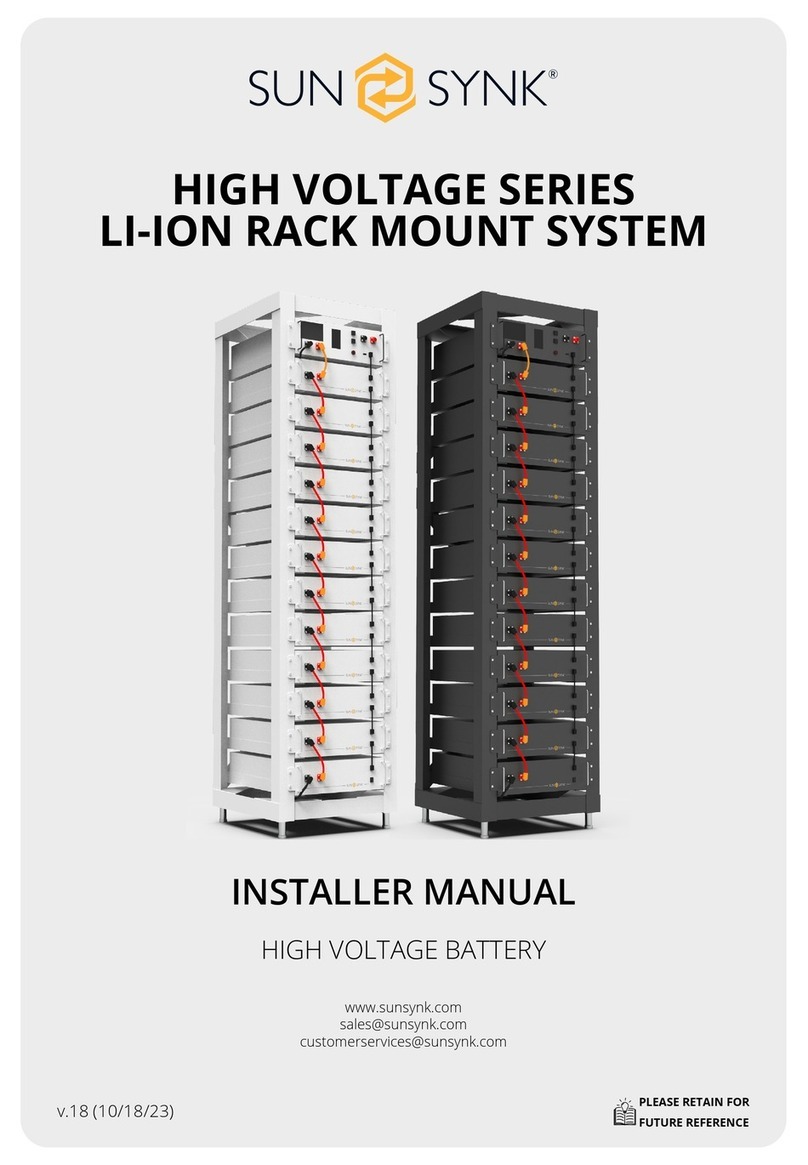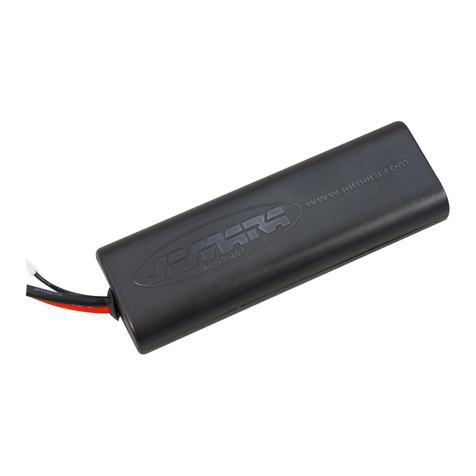GiBiDi DCF180DB User manual

I UK F E
D P NL GR
Fotocellule digitali
Digital photocells
INSTRUCTIONS FOR INSTALLATIONS
ISTRUZIONI PER L’INSTALLAZIONE
DCF180DB - (AU02020)
DCF

DCF
2
TX
TX
JP1
BATTERY
BATTERY
L1
RX
RX
1 3 42
12/24 Vac-dc
12/24 Vac-dc
1 2 3 4 5 6
12/24 NO/NCCOM
NC NO
L1
M2
L2
FIG. 1
FIG. 2
1 2 3 4
JP2
pause pause
pause
pause
pause
pause
pause
L1 SIGNAL QUALITY
pause
KO
KO
OK
OK
ON
1 2 34
ON
1 2 34
JP2
MAX MIN
Potenza segnale
Power signal
1 3 42
M1
DCF 3
A
B
C
56
NOT USED
1 2 3456
NC
1 2 3456
NO
NC
DIP1 OFF
DCF180DB
D
C
F
1
8
0
D
B
180°
TEST
ON
1 2 34
DIP2 OFF
DIP4 ON
DIP1 OFF
ON
1234
DIP2 OFF
DIP4 ON
A
B
C

DCF
2
TX
TX
JP1
BATTERY
BATTERY
L1
RX
RX
1 3 42
12/24 Vac-dc
12/24 Vac-dc
1 2 3 4 5 6
12/24 NO/NCCOM
NC NO
L1
M2
L2
FIG. 1
FIG. 2
1 2 3 4
JP2
pause pause
pause
pause
pause
pause
pause
L1 SIGNAL QUALITY
pause
KO
KO
OK
OK
ON
1 2 34
ON
1 2 34
JP2
MAX MIN
Potenza segnale
Power signal
1 3 42
M1
DCF 3
A
B
C
56
NOT USED
1 2 3456
NC
1 2 3456
NO
NC
DIP1 OFF
DCF180DB
D
C
F
1
8
0
D
B
180°
TEST
ON
1 2 34
DIP2 OFF
DIP4 ON
DIP1 OFF
ON
1234
DIP2 OFF
DIP4 ON
A
B
C

UK
DCF
6
PLEASE READ CAREFULLY THIS MANUAL BEFORE PROCEEDING WITH
THE INSTALLATION.
Thank you for choosing GI.BI.DI.
• Before proceeding with installation, fit a magnetothermal or differential switch with a maximum
• Make the connections referring to the following tables and to the attached screen-print. Be extremely
careful to connect in series all the devices that are connected to the same N.C. (normally closed) input,
and in parallel all the devices that share the same N.O. (normally open) input. Incorrect installation or
improper use of the product may compromise system safety.
• Keep all the materials contained in the packaging away from children, since they pose a potential risk.
• The manufacturer declines all responsibility for improper functioning of the automated device if the
original components and accessories suitable for the specific application are not used.
• After installation, always carefully check proper functioning of the system and the devices used.
• This instruction manual addresses persons qualified for installation of “live equipment”. Therefore, good
technical knowledge and professional practice in compliance with the regulations in force are required.
• Maintenance must be carried out by qualified personnel.
WARNINGS: This product has been tested in GI.BI.DI. verifying the perfect correspondence of the
characteristics to the current directive.
Gi.Bi.Di. S.r.l. reserves the right to modify the technical data without prior notice depending on the product
development.
TECHNICAL SPECIFICATIONS
DISPOSAL: GI.BI.DI. advises recycling the plastic components and to dispose of them at
special authorised centres for electronic components thus protecting the environment
from polluting substances.
FUNCTIONING
DCF 7
UK
INSTALLATION
Fix the photocells and make connections as shown in Fig. 1 (RX) Fig. 2 (TX). Cover the photocell with the
front part and secure with the screws provided. Pass across the photocell range several times, to check
relay response.
The DCF180DB photocell has been designed mainly for use with sliding gates, which eliminates the need
for a mobile frame. The device can also be used as a normal photocell in all cases where the transmitter
cannot be wired. The receiver must be positioned so that it is not disturbed by other photocells.
Transmitter operation
The transmitter has a jumper (J1) for power selection. To decrease the photocell range (down to 10 m)
open the jumper(J1). The flashing red LED L1 indicates proper transmitter operation.
The transmitter must be powered with 3V alkaline batteries. Each battery lasts on average 24 months in
normal power conditions (jumper (J1) disabled) or approximately 12 months in high power conditions
(jumper enabled). This duration is valid for optimal climatic conditions and optimal conditions of
use; variations in climatic conditions and improper use will reduce battery life.
Receiver operation
The receiver has 2 LEDs. The first LED (L1), indicates proper signal reception (the signal is being received
if the LED is on ), while the second LED (L2) only flashes when the signal is present (otherwise it is off). The
time the LED is on indicates signal quality. So the longer the LED is on, the better quality signal.
The receiver must be powered with a 12 or 24 V DC (check polarities are correct), or AC power supply.
If this photocell is used for a range of less than 2 m, the lens should be removed and the J1 power jumper
on the transmitter opened.
IMPORTANT: transmitters of other photocells must be positioned so that their band does not
directly face the receiver of the battery-operated photocell. If the above is not observed, normal
operation is not guaranteed.
The power supply of the transmitter with a battery can reduce the transmission, in such cases the receiver
can be interferated from infrared rays. To avoid this inconvenience, put the DIP 3 in OFF (RX).
IP
Model/Item
Range
Signal
Infrared frequency
Relay power
Power supply
Absorption
Operating temperature
30 m (12 m, external)
Impulse signal, unmodulated
100 Hz ÷ 1 Khz
RX:12/24 V dc/ac
TX: 0,04mA÷ 0,12mA
-20 ÷ +60 °C
DCF180DB / AU02020
54
TX: 2 x AAA 1,5V
RX: 35mA
0,5A 48Vac/dc

UK
DCF
6
PLEASE READ CAREFULLY THIS MANUAL BEFORE PROCEEDING WITH
THE INSTALLATION.
Thank you for choosing GI.BI.DI.
• Before proceeding with installation, fit a magnetothermal or differential switch with a maximum
• Make the connections referring to the following tables and to the attached screen-print. Be extremely
careful to connect in series all the devices that are connected to the same N.C. (normally closed) input,
and in parallel all the devices that share the same N.O. (normally open) input. Incorrect installation or
improper use of the product may compromise system safety.
• Keep all the materials contained in the packaging away from children, since they pose a potential risk.
• The manufacturer declines all responsibility for improper functioning of the automated device if the
original components and accessories suitable for the specific application are not used.
• After installation, always carefully check proper functioning of the system and the devices used.
• This instruction manual addresses persons qualified for installation of “live equipment”. Therefore, good
technical knowledge and professional practice in compliance with the regulations in force are required.
• Maintenance must be carried out by qualified personnel.
WARNINGS: This product has been tested in GI.BI.DI. verifying the perfect correspondence of the
characteristics to the current directive.
Gi.Bi.Di. S.r.l. reserves the right to modify the technical data without prior notice depending on the product
development.
TECHNICAL SPECIFICATIONS
DISPOSAL: GI.BI.DI. advises recycling the plastic components and to dispose of them at
special authorised centres for electronic components thus protecting the environment
from polluting substances.
FUNCTIONING
DCF 7
UK
INSTALLATION
Fix the photocells and make connections as shown in Fig. 1 (RX) Fig. 2 (TX). Cover the photocell with the
front part and secure with the screws provided. Pass across the photocell range several times, to check
relay response.
The DCF180DB photocell has been designed mainly for use with sliding gates, which eliminates the need
for a mobile frame. The device can also be used as a normal photocell in all cases where the transmitter
cannot be wired. The receiver must be positioned so that it is not disturbed by other photocells.
Transmitter operation
The transmitter has a jumper (J1) for power selection. To decrease the photocell range (down to 10 m)
open the jumper(J1). The flashing red LED L1 indicates proper transmitter operation.
The transmitter must be powered with 3V alkaline batteries. Each battery lasts on average 24 months in
normal power conditions (jumper (J1) disabled) or approximately 12 months in high power conditions
(jumper enabled). This duration is valid for optimal climatic conditions and optimal conditions of
use; variations in climatic conditions and improper use will reduce battery life.
Receiver operation
The receiver has 2 LEDs. The first LED (L1), indicates proper signal reception (the signal is being received
if the LED is on ), while the second LED (L2) only flashes when the signal is present (otherwise it is off). The
time the LED is on indicates signal quality. So the longer the LED is on, the better quality signal.
The receiver must be powered with a 12 or 24 V DC (check polarities are correct), or AC power supply.
If this photocell is used for a range of less than 2 m, the lens should be removed and the J1 power jumper
on the transmitter opened.
IMPORTANT: transmitters of other photocells must be positioned so that their band does not
directly face the receiver of the battery-operated photocell. If the above is not observed, normal
operation is not guaranteed.
The power supply of the transmitter with a battery can reduce the transmission, in such cases the receiver
can be interferated from infrared rays. To avoid this inconvenience, put the DIP 3 in OFF (RX).
IP
Model/Item
Range
Signal
Infrared frequency
Relay power
Power supply
Absorption
Operating temperature
30 m (12 m, external)
Impulse signal, unmodulated
100 Hz ÷ 1 Khz
RX:12/24 V dc/ac
TX: 0,04mA÷ 0,12mA
-20 ÷ +60 °C
DCF180DB / AU02020
54
TX: 2 x AAA 1,5V
RX: 35mA
0,5A 48Vac/dc

DCF
20 DCF 21
Dichiarazione di conformità UE
Il fabbricante: GI.BI.DI. S.r.l.
Via Abetone Brennero, 177/B,
46025 Poggio Rusco (MN) ITALY
Dichiara che i prodotti: DCF180DB
Sono conformi ai seguenti regolamenti:
•EMC 2014/30/UE
• LVD 2014/35/UE
e che sono state applicate le seguenti norme:
•IEC 61000-6-2 : 2016 RVL
•IEC 61000-6-3 : 2020
•IEC 60335-1
Data 03/04/20
Il Rappresentante Legale
Michele Prandi
The manufacturer: GI.BI.DI S.r.l.
Via Abetone Brennero, 177/B,
46025 Poggio Rusco (MN) - ITAL
Declares that the products: DCF180DB
Are in conformity with the essential requirements and other relevant requirements of:
Restriction of the Use of Certain Hazardous Substances in Electrical and Electronic Equipment
Regulations 2012
Electrical Equipment (Safety) Regulations 2016
Radio Equipment Regulations 2017
And that the following harmonised standards have been applied:
EN 301 489-1 V2.2.0; EN 301 489-3 V2.1.1; EN 300 220-2 V3.2.1; EN 62479:2010;
EN 60950-1:2014;
This declaration of conformity is issued under the sole responsibility of the manufacturer.
Date: 03/04/20
UKCA Declaration of conformity
The legal Representative
Michele Prandi
EU manufacturer declaration: The EU declaration is available at: http://conformity.gibidi.com
La société:
Via Abetone Brennero, 177/B,
46025 Poggio Rusco (MN) ITALY
Déclare que les produits: DCF180DB
respecter les réglementations suivantes
• EMC 2014/30/UE
• LVD 2014/35/UE
et que les normes suivantes ont été appliquées:
• IEC 61000-6-2 : 2016 RVL
•IEC 61000-6-3 : 2020
•IEC 60335-1
Date 03/04/20
GI.BI.DI. S.r.l.
Déclaration de conformité UE
Le Représentant Légal
Michele Prandi
El fabricante:
Via Abetone Brennero, 177/B,
46025 Poggio Rusco (MN) ITALY
Declara que los productos: DCF180DB
son conformes con la siguientes directivas:
• EMC 2014/30/UE
• LVD 2014/35/UE
y que se han aplicado las siguientes normas armonizadas:
• IEC 61000-6-2 : 2016 RVL
•IEC 61000-6-3 : 2020
•IEC 60335-1
Fecha 03/04/20
GI.BI.DI. S.r.l.
Declaración de conformidad UE
El Representante Legal
Michele Prandi

GI.BI.DI. S.r.l.
46025 Poggio Rusco (MN) - ITALY
Tel. +39.0386.52.20.11
Fax +39.0386.52.20.31
E-mail: [email protected]
Numero Verde: 800.290156
Via Abetone Brennero, 177/B
Cod. AIC0590 - 05/22 - Rev. 01
Other manuals for DCF180DB
1
This manual suits for next models
1
Table of contents
Popular Batteries Pack manuals by other brands
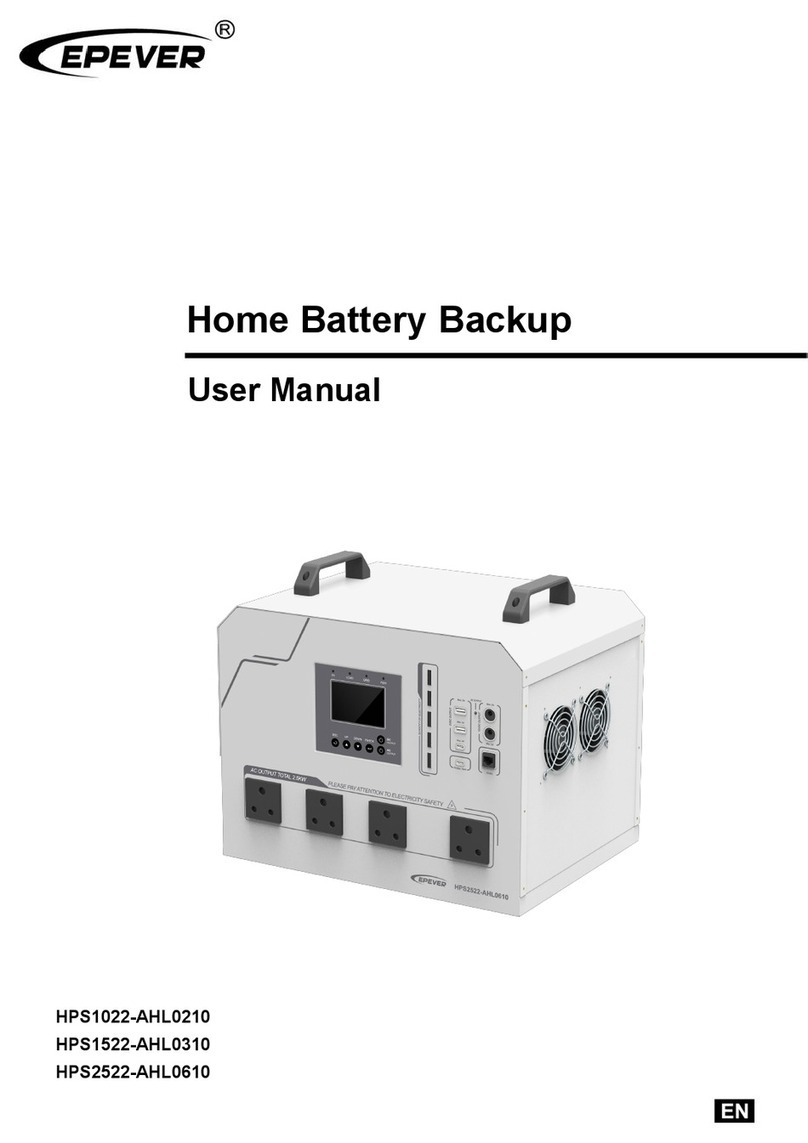
Epever
Epever HPS1022-AHL0210 user manual

Topband
Topband TB51100F-T110E user manual
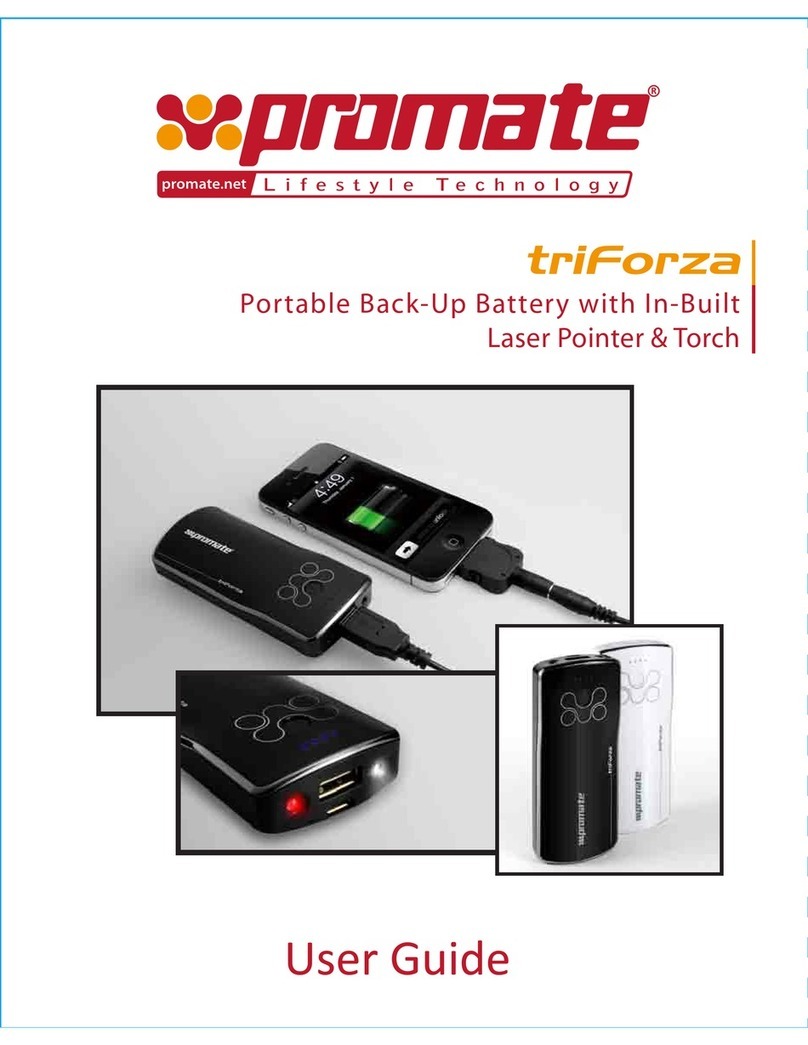
Promate
Promate triForza user guide

IntelliQuip
IntelliQuip TOUGHPOWER TP-600 User instruction manual
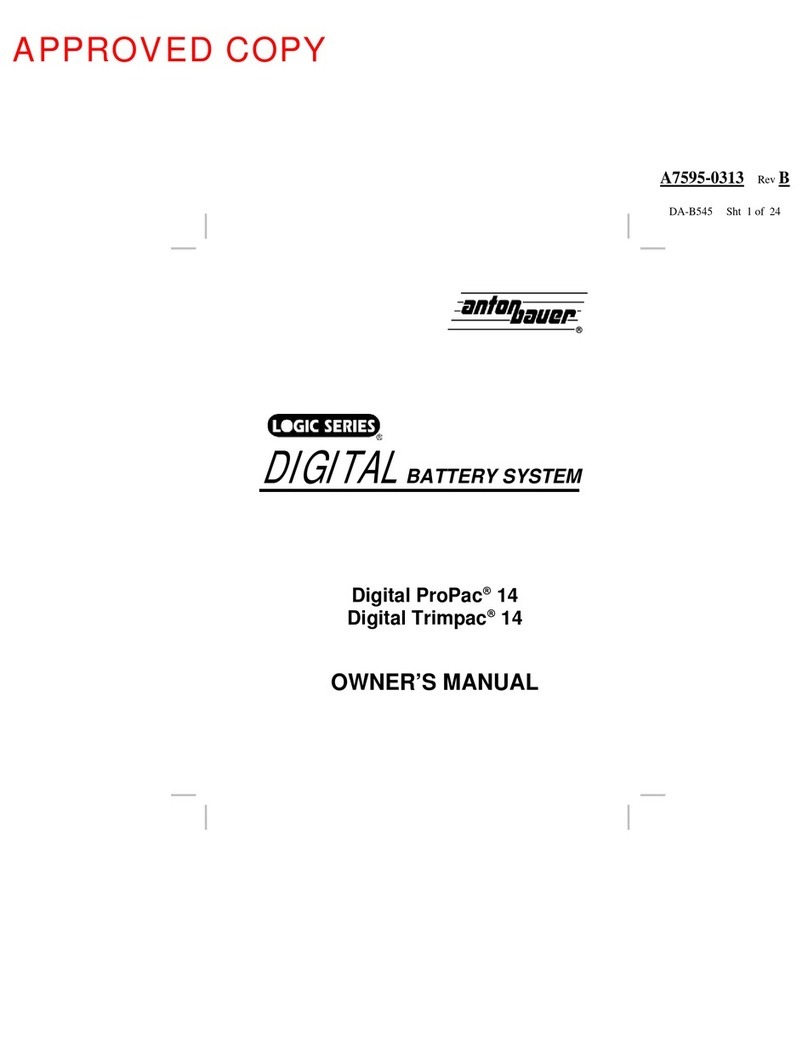
Anton/Bauer
Anton/Bauer Interactive 2000 PowerCharger owner's manual
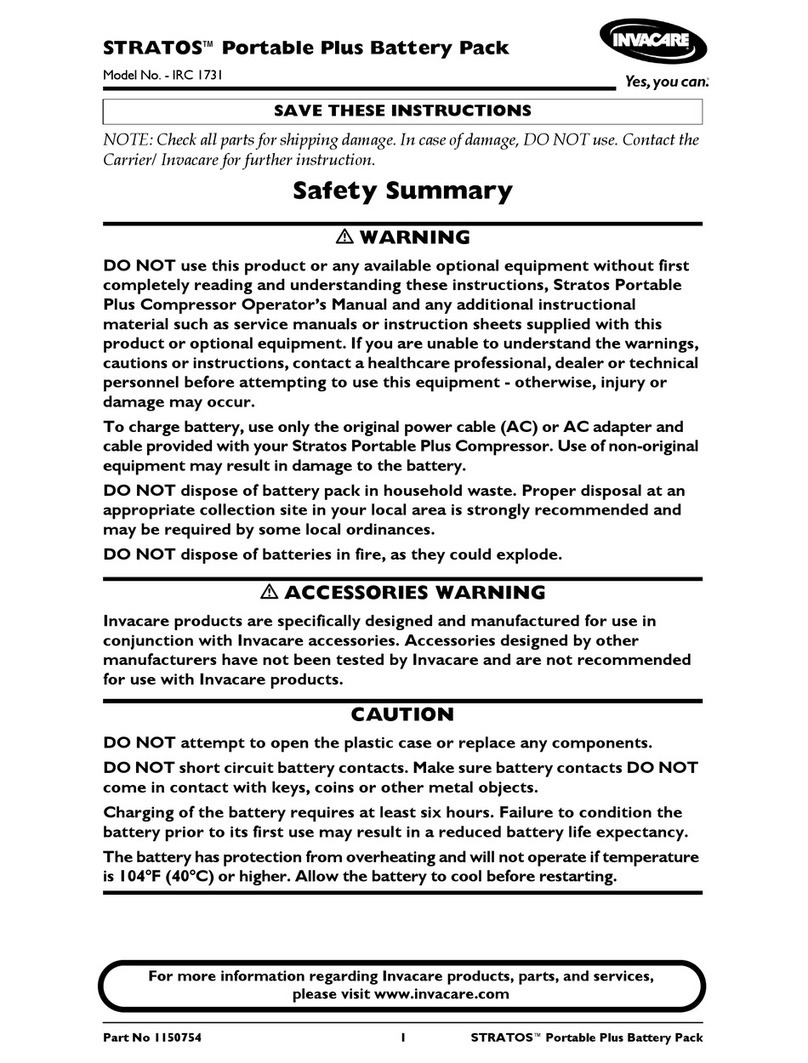
Invacare
Invacare Stratos Portable Plus Battery Pack IRC 1731 instruction manual
